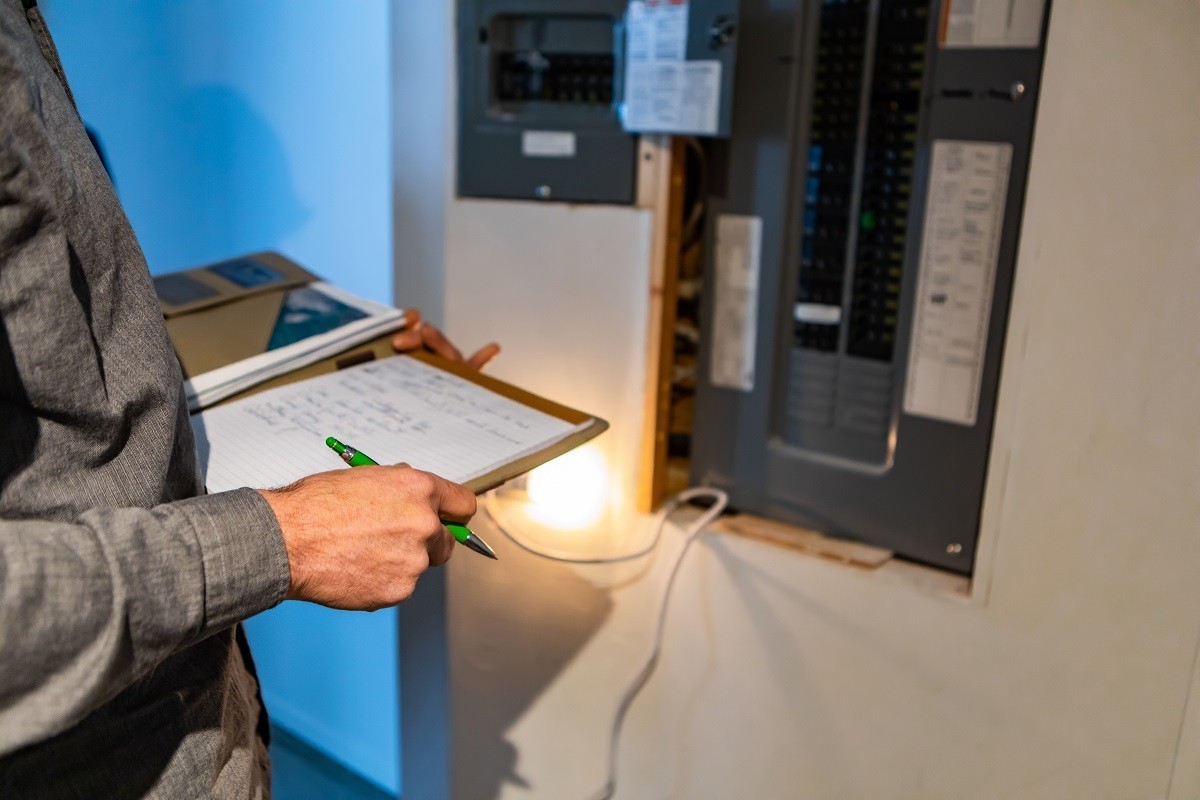
8 Super Simple & Really Necessary Packing Tips and Tricks
Are you excited for your new home? More importantly, are you packed? Moving from one place to another and taking all your worldly possessions with

Are you excited for your new home? More importantly, are you packed? Moving from one place to another and taking all your worldly possessions with

You’ve found your dream home. It’s in the neighborhood you wanted and has that open-concept kitchen you can’t seem to forget. You can’t wait to

A few days before Christmas, your furnace gives out. You’re hosting the winter festivities this year, and it’s freezing outside. Without heat, it’ll soon be

Moving into a new home is exciting, but what do you do first? After unpacking your worldly possessions and setting up your Wi-Fi, here is
Copyright 2025 vipHomeLink Holdings, Inc. – All Rights Reserved | Patents Pending